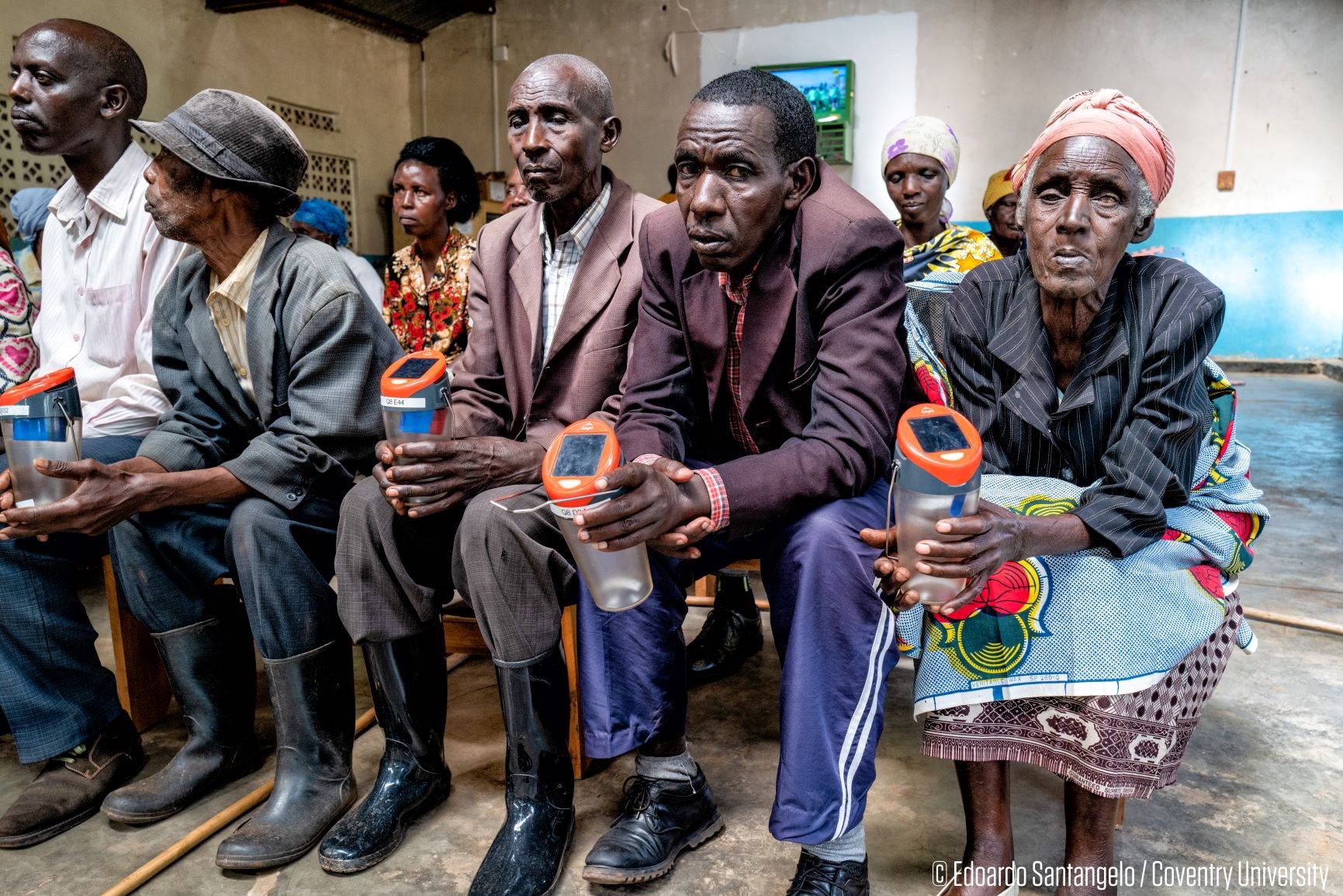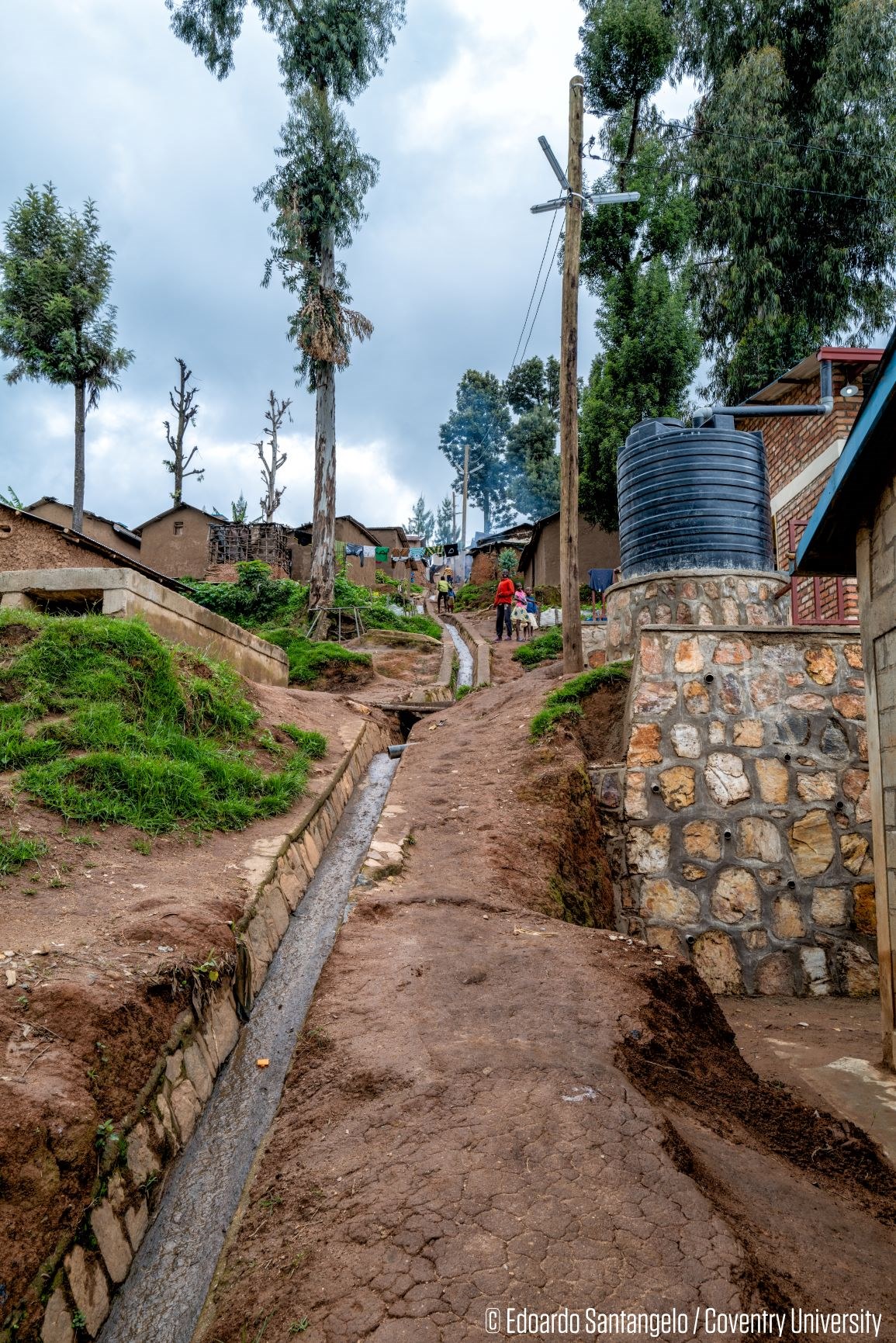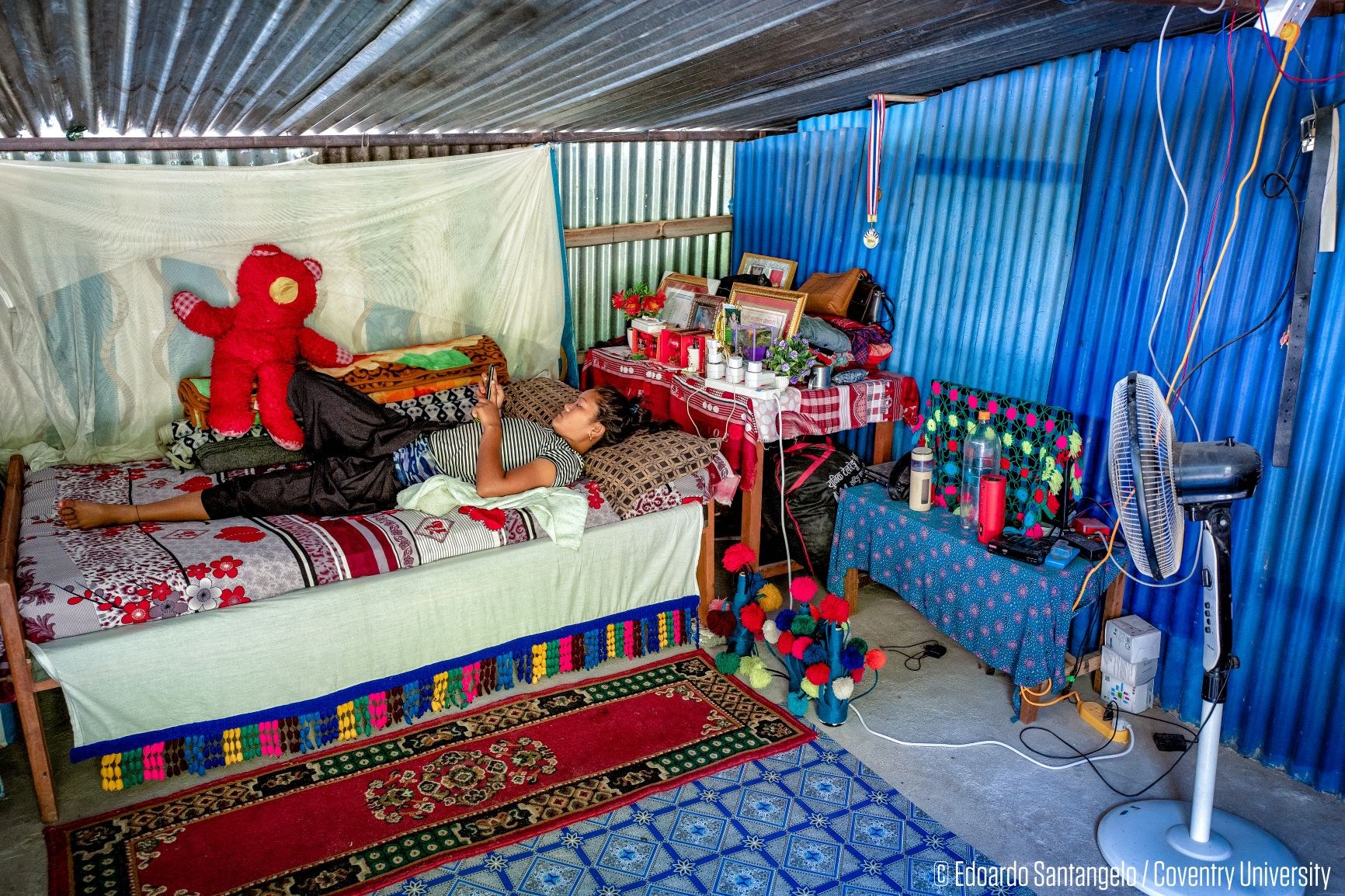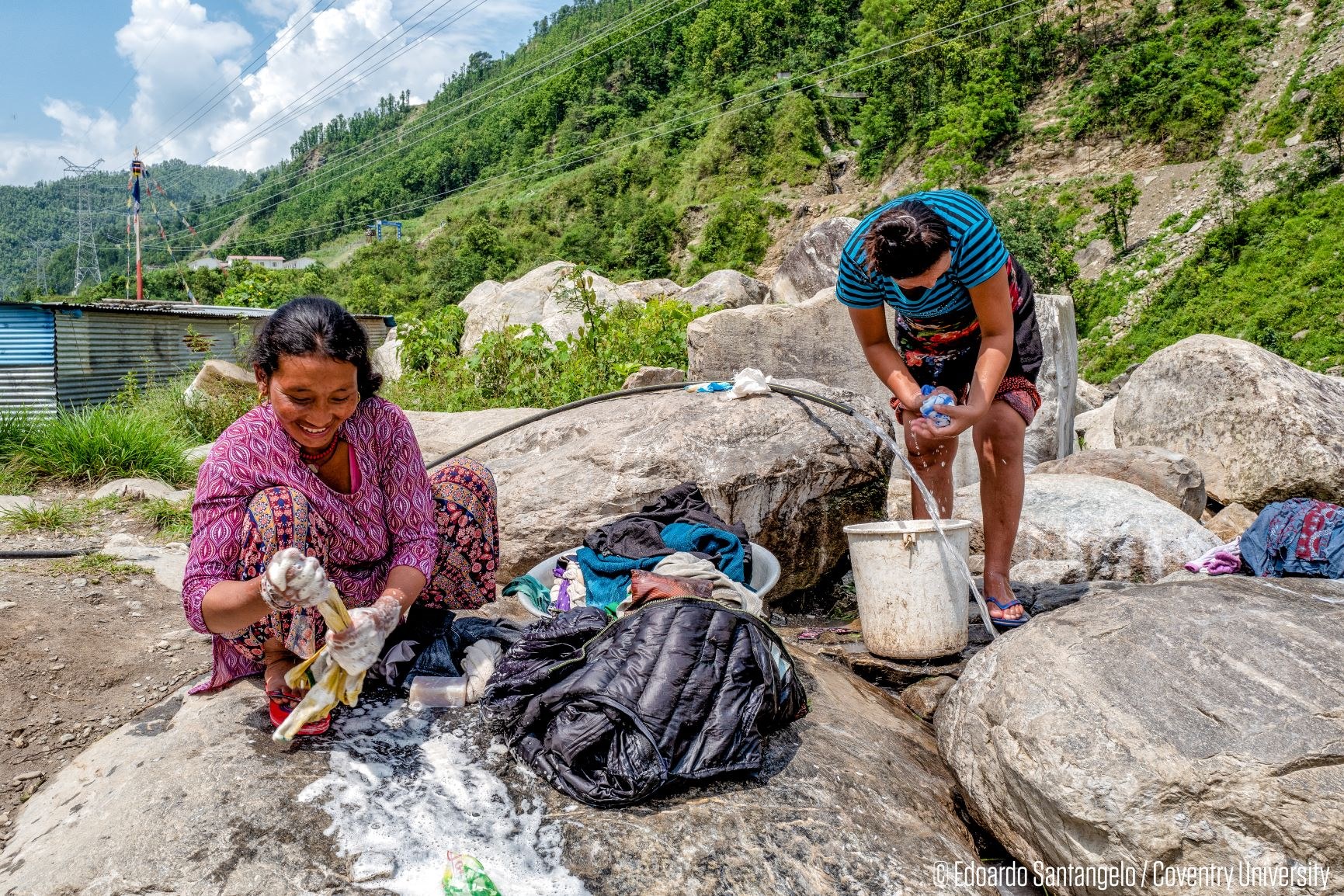
THE HEED PROJECT NEWSLETTER
This newsletter brings together researchers and practitioners working on energy humanitarian projects by featuring a range of topics and items of interest.
- HEED Project outcomes and learning milestones
- Research, people and organisations that share the values of the HEED Project
- Insights into the HEED Team and Project Partners
- Forthcoming Events and Network opportunities
We welcome contributions and feedback so we can offer a forum that generates lively discussion, thought provoking insights and is making valuable connections

Khalte, Nepal, 2019@HEED
What is the HEED Project?
The Humanitarian Engineering and Energy for Displacement (HEED) project is an innovative response to growing recognition of the need to improve access to energy, particularly renewable energy sources, for populations displaced by conflict and natural disasters. The focus of HEED is on the lived experiences of Congolese refugees living for protracted periods of time in three refugee camps in Rwanda (Nyabiheke, Gihembe and Kigeme) and internally displaced persons (IDPs) forced to leave their homes as a result of the 2015 earthquake in Nepal. These two countries provide very different environmental, policy and social contexts within which to research energy uses, needs and aspirations. To achieve our aims the project draws upon social science and engineering expertise to better understand energy needs and identify solutions which produce socio-technical systems that encourage community resilience and capacity building.

A Message from HEED's Principal Investigator, Professor Elena Gaura, Professor of Persuasive Computing, Coventry University

As global concern about the current COVID-19 outbreak grows, I hope that as members of the scientific community, we can be a significant positive force in the months ahead. I believe that we can play a vital part in meeting the challenges by sharing and engaging in best practice to protect the most vulnera
With that in mind, this edition on the lived experiences of refugees is a reminder to us, as academics, practitioners and interested parties, of the ways that we can and are helping build community resilience. We hope that these stories told through visual imagery can offer a moment to reflect on the role we have in becoming a better informed and a more equal society.
Wishing you well at this time, Elena

Content

Welcome to this special edition
Commissioned and curated by HEED, ‘Agency of Change: Human Stories’ is a series of https://edoardosantangelo.com/uploads by the humanitarian photographer Edoardo Santangelo recording HEED's work in Nepal and Rwanda from 2018-2019.
In documenting the impact of the HEED project on refugees in Rwanda and internally displaced people in Nepal, these photos give insight into the relationship between energy poverty and technologies in the displaced context.

‘Agency of Change: Human Stories’
'I believe that visual storytelling is one of the most effective and evocative ways to develop persuasive impact case studies. I feel in providing visual representations of project outcomes, these https://edoardosantangelo.com/uploads are instrumental in depicting the evidence base of interventions directly as found in the field'. Edoardo Santangelo
Between July-November 2019, HEED commissioned the humanitarian photographer Edoardo Santangelo to document the impact of the HEED energy interventions on displaced communities living in Khalte, Nepal and in three refugee camps, Gihembe, Kigeme, and Nyabiheke, Rwanda. As the communities engaged with the HEED energy interventions, these https://edoardosantangelo.com/uploads capture different stages of the project to become stories of change.
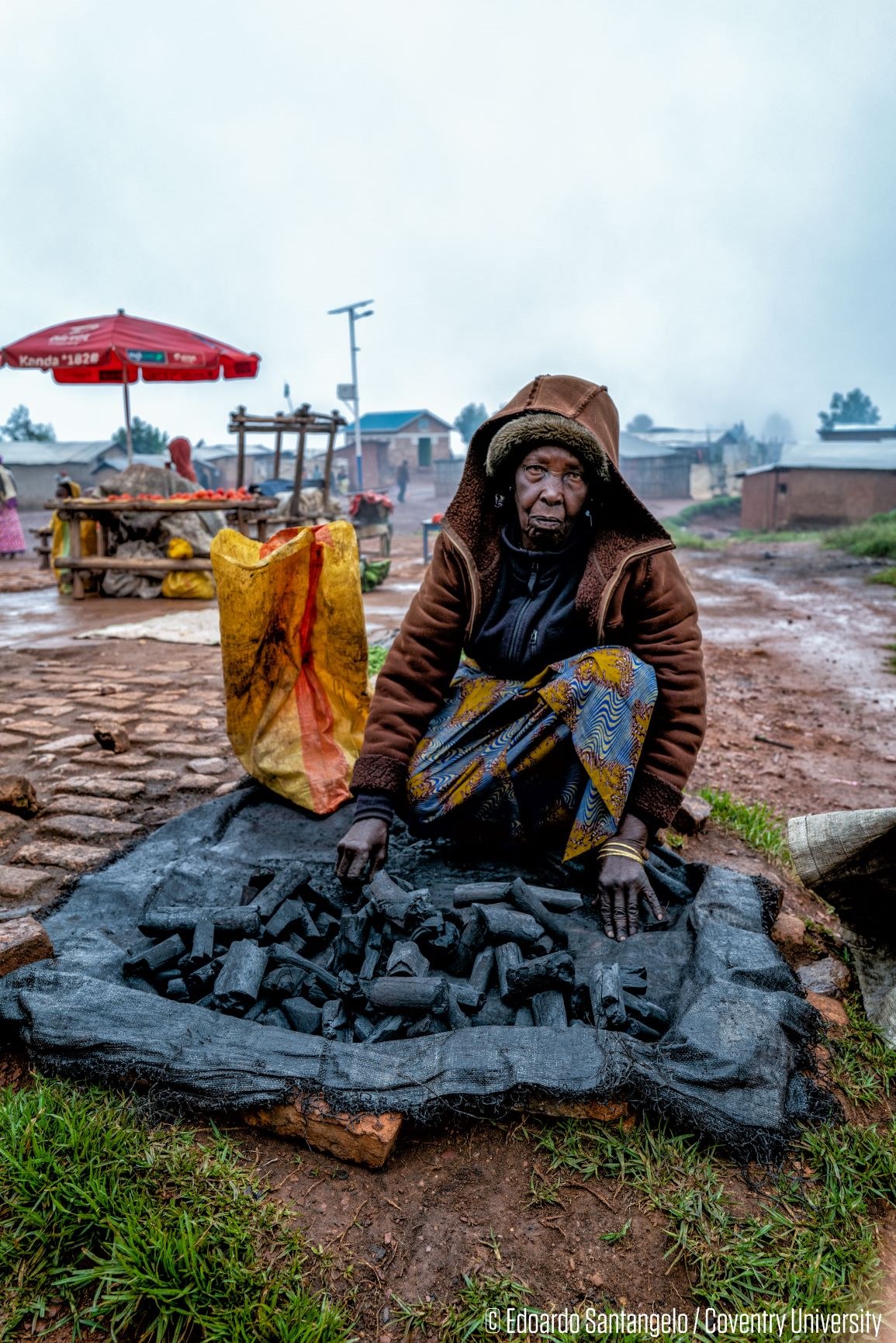
Documentary photography and videography has the potential to:
- Expand the global reach of development and humanitarian projects by amplifying
community voices and build capacity for communication
- Translate research findings into evocative https://edoardosantangelo.com/uploads, enriching interpretations of emerging
data to allow a better understanding of nuanced expressions of communities
- Strengthen community engagement initiatives and encourage inclusive, participatory
approaches by working directly with communities on the politics of representation
- Documents project progress and research in the field as actively constructed, not
passively received
Voices of Khalte
Want to feature our photos or exhibition? We are in the process of making this series of https://edoardosantangelo.com/uploads available for conferences, as a backdrop for events and as a virtual exhibition. Alternatively, we can provide access to over 200 photos for use in publications, free of charge. For more information about the HEED portfolio or hosting the exhibition please contact Alison Halford.
Researching Energy Differently: Theory of Change
Increasingly, funders are looking for innovative intersectional research that delivers findings into demonstrable actions. This opens up space for innovative socio-technical projects that are instrumental, conceptual and capacity building in energy provision for displaced communities. The following article looks at how, in the case of HEED, 'researching energy differently' generates richer data that encourages co-design and community engagement to meet the energy needs and aspirations in the displaced context.
Theory of Change: The case of HEED
In asking 'what makes a sustainable, resilient energy solution for refugees?', HEED sought
out processes that are 'the best that we can explain, put to use and make a difference
with' (Gaura, 2020:n/a). To achieve these aims, HEED, through the following steps,
developed a 'Theory of Change', which allows projects 'not only to do good but, perhaps
more important, to understand how, when, and why the good is being done' (Weiss, 1995:
90).
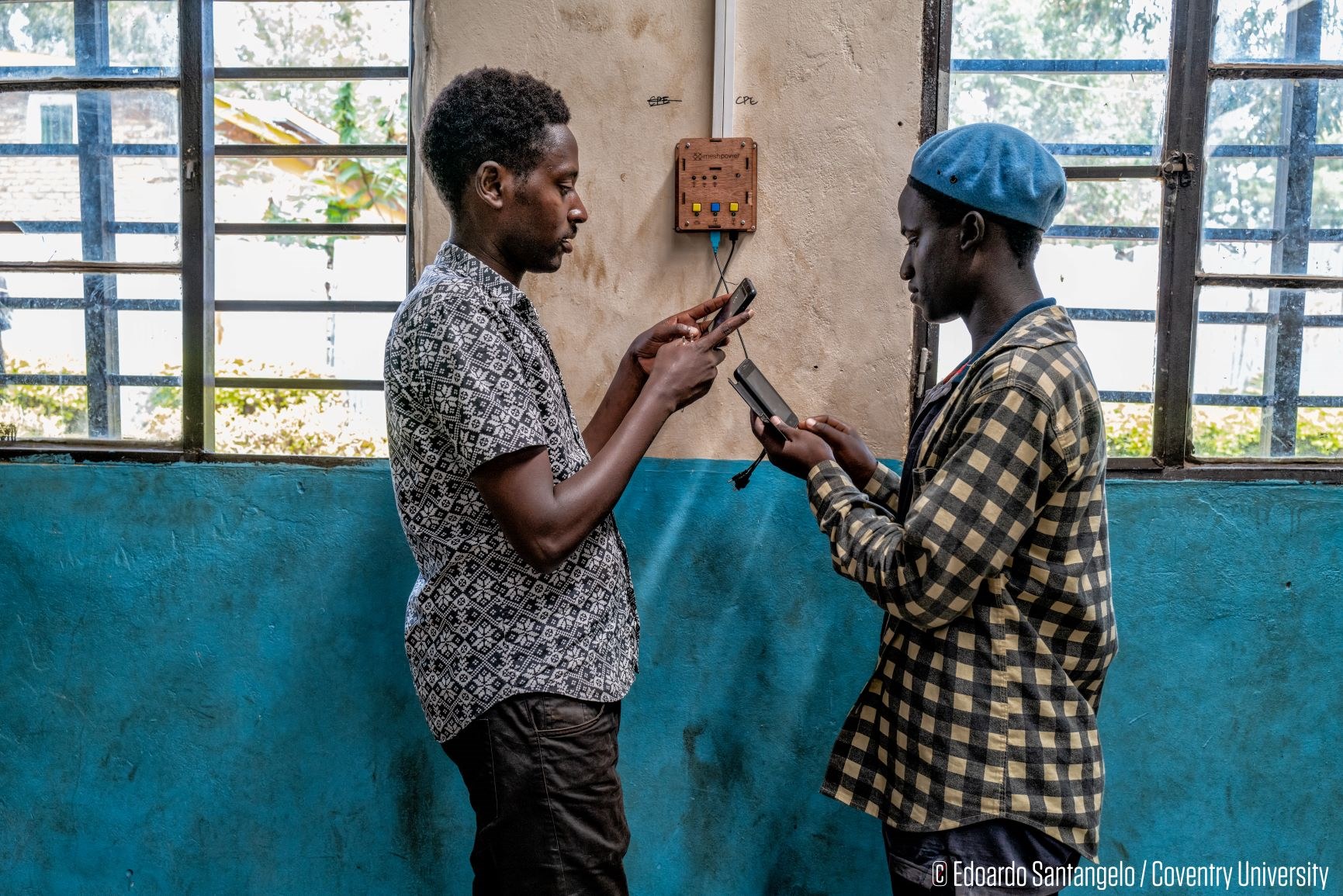
Strategic development
The Theory of Change as a process is unconventional as it shifts away from 'so-that'
reasoning, which, for example, sees a project begin with an intervention 'so that' action
happens and consequently, 'so that' aims are achieved (Taplin, Clark, Collins, and Colby,
2013:3). Instead, the Theory of Change sees the project start with the long-term goal and
outcomes and using backwards mapping, works through the intermediate and then early-
term aims to identify strategic interventions that can cause the desired change. Once these
shorter-term interventions are identified, the project team becomes granular in detail by
asking to what extent these early interventions are sufficient or sustainable in achieving
the outcome.
For example, in the case of HEED, one long term outcome is co-designing a sustainable, resilient energy solution for refugees. To achieve this goal, the project was required to be instrumental in influencing policy, practice and service provision in the delivery of energy to displaced people. Therefore, mapping backwards early interventions included facilitating workshops on Design for Displacement (D4D) and Energy for End-users (E4E). These workshops developed a 'Design for Displacement' protocol that draw upon a broad range of academics, private energy suppliers, governmental agencies and service users to collaborate to improve the delivery of services.

Partnership Work
When considering altering a system or influencing a sector, Theory of Change can help
projects identify the gaps that not only help define a role that differs from other actors but
also recognises the project overlaps. In doing so, the Theory of Change can highlight
where a project can influence others in the same field and offer opportunities for
collaboration and co-operation.
In practice, at the start the HEED team identified other key energy projects that had similar aims and working back looked at how the HEED project could function as a discrete identity and offer partnerships. The planning of early interventions demonstrating synergies between SDG 7 and IoT (Internet of Things) resulted in the Renewable Energy Recommendation Tool (RERT), which draws upon intelligent measurement that recorded the consumption of energy by displaced communities. Several humanitarian agencies are now using the RERT to ascertain best practice in providing sustainable, cost-effective and suitable forms of energy services in the displaced setting.
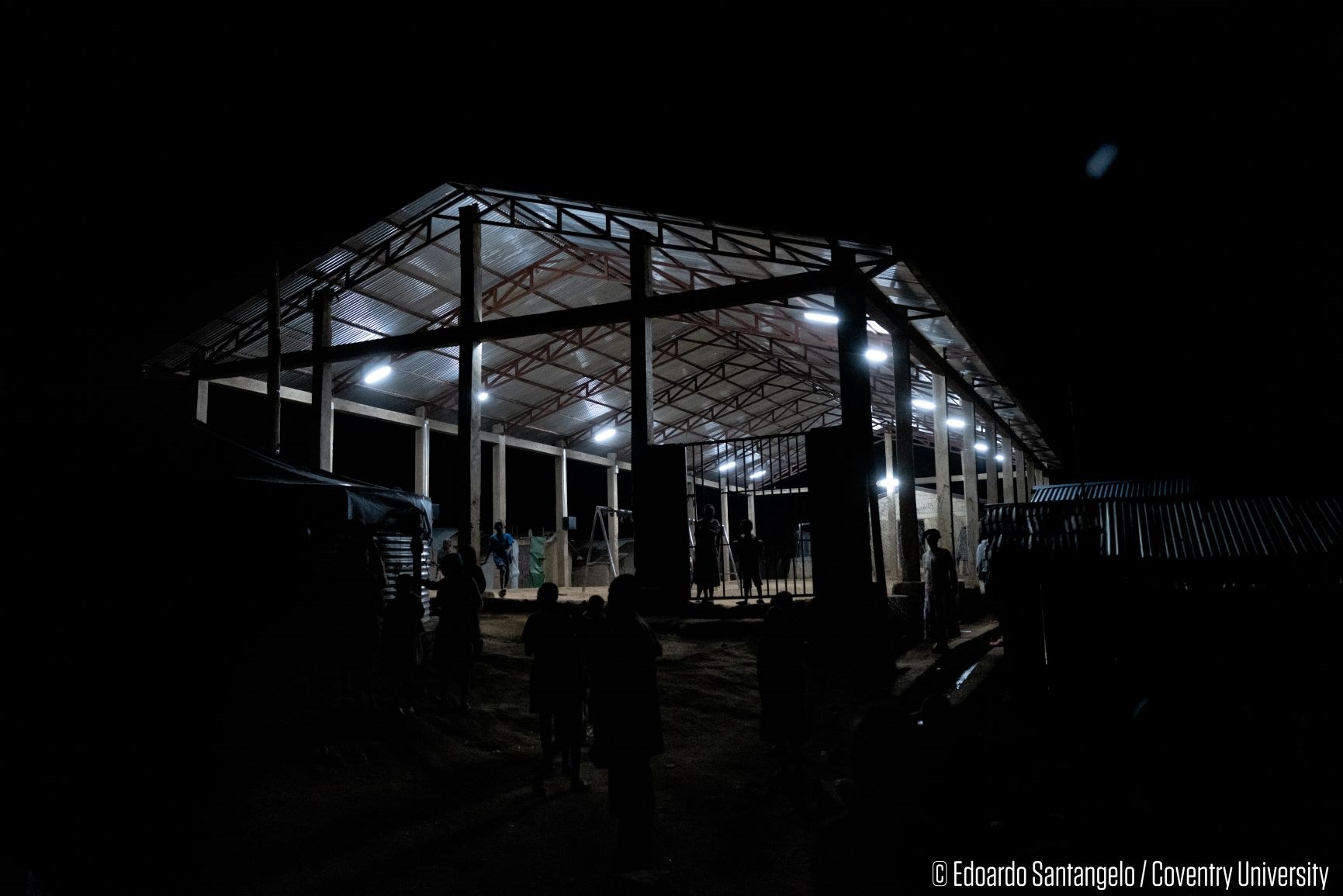
Measurement and Evaluation
A Theory of Change explicitly articulates the causal pathway that will lead to the end goal.
Known as a 'pathway of change', these pathways identify a set of connected outcomes,
which makes it easier to identify interventions that show whether or not you are making
progress (Taplin et al., 2013:1). Theory of Change can be drawn upon to explain to
funders, partners and those outside the project the added value of the interventions and
indicators of progress. This can be a valuable tool when constructing a narrative on the
logic of your interventions, alongside traditional ways of recording project outcomes , such
as diagrammatic representation, which are central to most theories of change.
Constructing a Shared Understanding of Aims
Stakeholders in any project can have different understandings of the vision of the project
and how it is trying to make a difference. The process of developing a Theory of Change
involves continual discussion to gain a cohesive articulation of the project that can be
shared and understood by both those inside and outside of the project. This process also
allows the project to challenge assumptions that can be barriers to the project. As a result,
researchers involved in the project are better prepared to advocate for improved access to
energy to provide greater opportunities for learning, safer communities and reinforce
socio-economic stability in the displaced
Adopting a Theory of Change caused the HEED team to think creatively about how they
could communicate the aims of the project to the wider community. The conceptualisation
of 'Agency of Change: Human Stories' came through discussions on using social media and
the internet to share findings, along with identifying assumptions made about energy
needs. Using https://edoardosantangelo.com/uploads as an intervention captures the lived experience of refugees and
internally displaced people through visual stories. This assists in achieving the outcome of
understanding context-specific energy needs of those who are displaced, both internally
and across international borders.
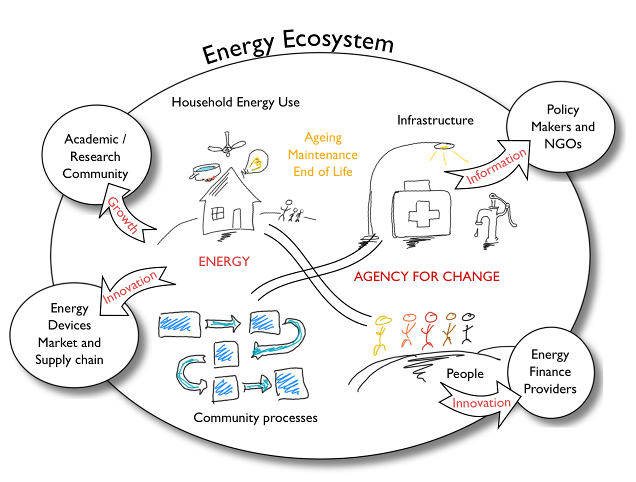
'Reflecting on my experience as a team leader and principal investigator on the project, I believe HEED gave us a unique opportunity to do 'energy in protracted settings differently'. As a scientist, HEED offered more than anything else the chance to look at the role of science through a different lens, that is through the eyes of those who are most in need, in the communities we often and deeply interacted with. Throughout the project I felt both a feeling of empowerment supported by the ability and capacity of the project and its merging science to ‘do good’. But I also felt enormously humbled, realizing how much we don’t know, how many answers we don’t really have and how much those answers are needed now'.
Elena Gaura, Principal Investigator, HEED
Here are a suggested list of readings on researching energy differently
Theory of Change
Centre for Theory of Change is a non-profit organisation established to promote best
practice in the Theory of Change, in particular encouraging use in the areas of international
development, sustainability, education, human rights and social change
Weiss, C (1995) 'Nothing as Practical as Good Theory: Exploring Theory-based Evaluation
for Comprehensive Community Initiatives for Children and Families'. In New Approaches to
Evaluating Community Initiatives: Concepts, Methods, and Contexts, ed. J. Connell, A.
Kubisch, L, Schorr, and C, Weiss . Washington, DC: Aspen Institute.
Taplin, D., Clark, H., Collins, E., and Colby, D. (2013)Theory of Change Technical Papers.
A Series of Papers to Support Development of Theories of Change Based on Practice in the
Field. ActKnowledge: New York
Harries, E., Hodgson, L., and Noble, J. (2014) Creating Your Theory of Change. NPC’s
practical guide Revised. London: New Philanthropy Capital
Using Photos as a research tool
Community Tool Box (2020) Implementing PhotoBox in Your Community [online]
Kanstrup, A. (2002) 'Picture the Practice—Using Photography to Explore Use of Technology
Within Teachers' Work Practices'. Qualitative Social Research, 3 (2) [online]
Prins, E. (2010) Participatory Photography: A tool for Empowerment or Surveillance? Action
Research, 8(4), 426–443
Prosser, J. , & Schwartz, D. (1998) 'Photographs within the Sociological Research Process'.
In Prosser, J. (Ed.), Image-Based Research: A Sourcebook for Qualitative Researchers (pp.
115–130). London, United Kingdom: Falmer Press
Wang, C. , & Burris, M. (1997) 'Photovoice: Concept, Methodology, and use for
Participatory Needs Assessment'. Health Education & Behavior, 24(3), 369–387

See the HEED website page 'Reflections' for posts on researching energy differently, including Professor James Brusey on 'Test-driven research: Software development and research have a lot in common'.

Catching Up with Edoardo Santangelo
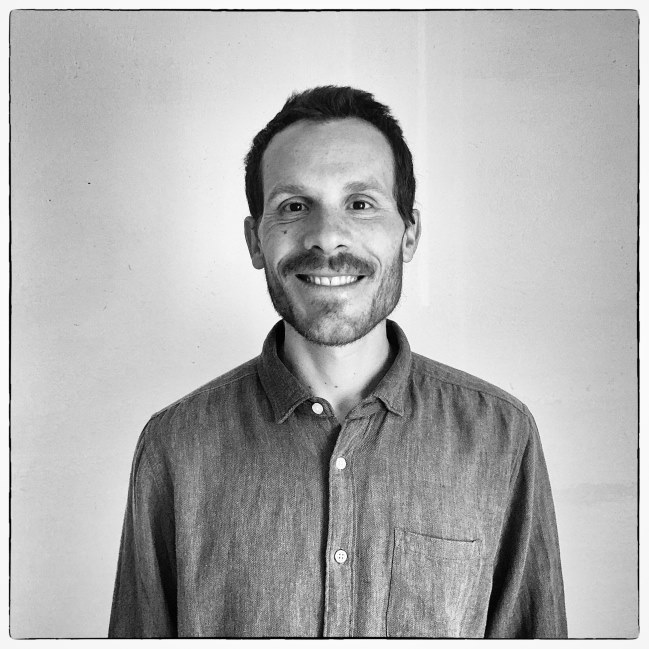
Over the past three years, Edoardo Santangelo has been working with HEED to visually document the project aims and progress. Drawing upon his academic background in economics and energy and international development, his https://edoardosantangelo.com/uploads are compelling photo reportages of the lived experience of humanitarian initiatives in the displaced setting. Edoardo has been commissioned by numerous international non-governmental organizations, UN and International agencies to record projects and events in Asia, West Africa and East Africa. His photos have featured in number of publications, including the Poor People Energy Outlook and used in workshops and conferences worldwide.
Tell us how you first got involved in with HEED Project?
I have been involved in the HEED Project since its inception in early 2017. At that time, I
was working as an Energy Consultant at Practical Action. My first responsibility within the
Project was to co-design the qualitative research methodology and support the Nepal team
identifying the displaced communities to involve in the project. I’ve personally visited Nepal
during the design phase to carry out energy and livelihood assessments through surveys,
questionnaires and focus group discussions.
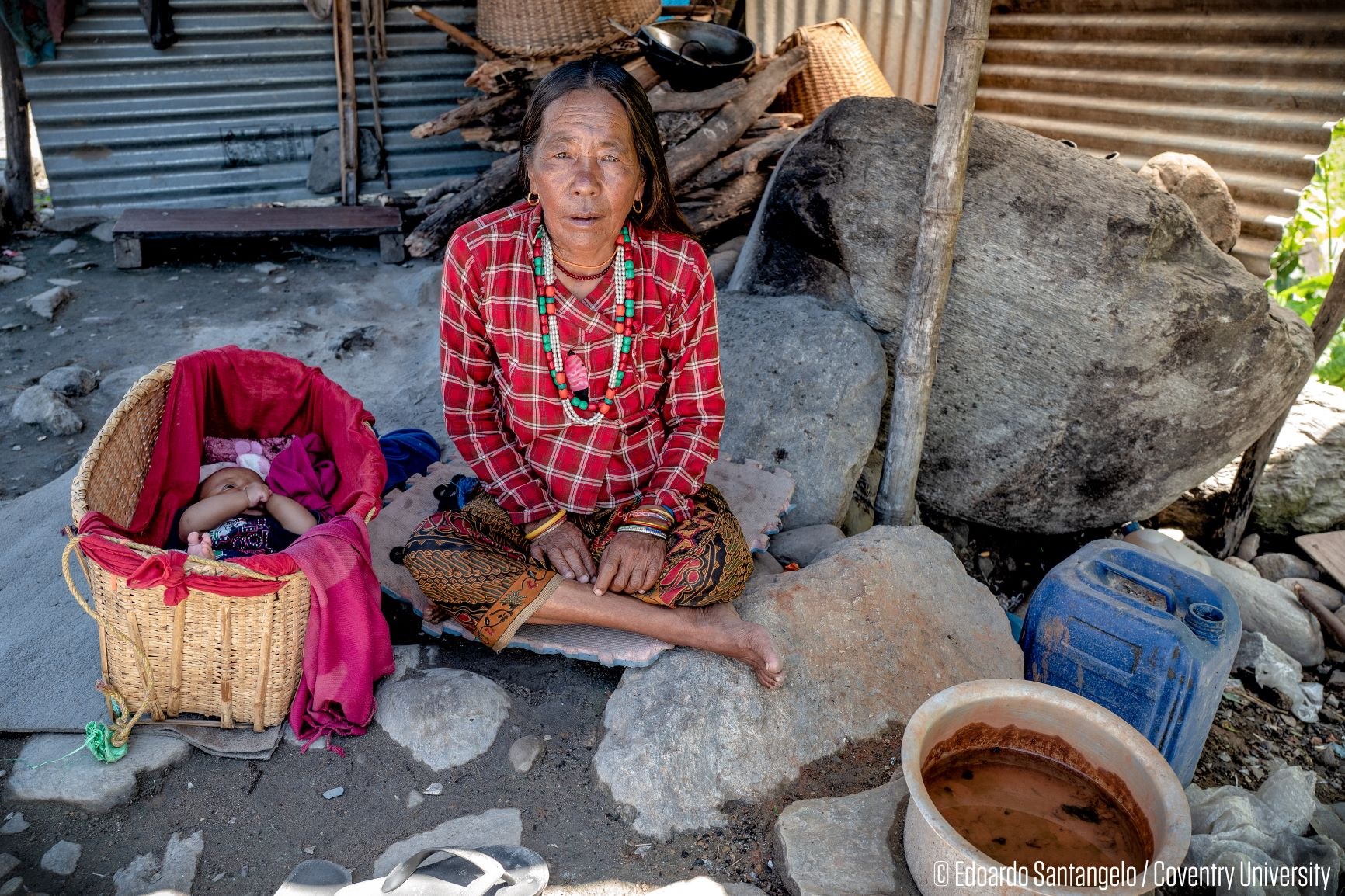
How do you think HEED will change the thinking about energy needs for refugees and displaced people?
The ultimate aim of HEED is to understand the energy needs and priorities of displaced
communities and identify suitable energy solutions that ensure long-term, sustainable, and
scalable energy access. HEED achieves this by applying a unique holistic approach which
relies upon strong social science and engineering expertise. This innovative response to
energy issues in the context of displacement will certainly inspire other institutions and
academics to “think outside of the box”, and design socio-technical systems that are
tailored towards the specific and distinctive needs of displaced communities.
In addition to your work on the HEED project, what are some of the other projects you are working on?
I have just delivered a similar visual storytelling assignment in Rwanda for the Renewable
Energy for Refugees project (RE4R) - led by Practical Action and UNHCR and supported by
the IKEA Foundation. My photos have been published in various editions of the Poor People
Energy Outlook and used in numerous humanitarian publications, workshops and
conferences worldwide. I regularly collaborate with Universities to embed visual storytelling
directly into proposals as an innovative and complementary ethnographic research method
and as a means of presenting project outcomes.
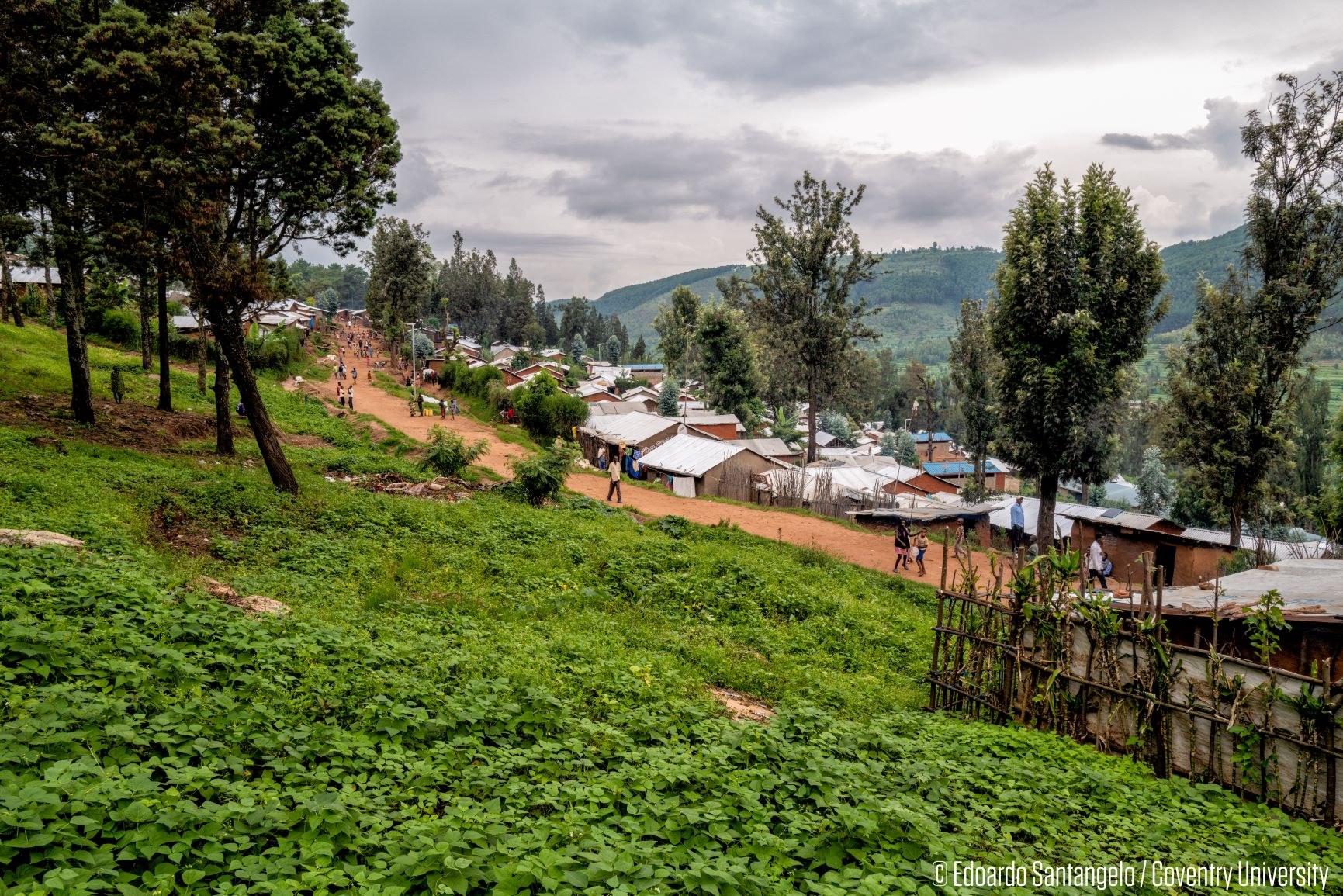
What would you say is your philosophy towards your work?
My photographic work is driven by the need of raising awareness of urgent humanitarian
issues and building the case for action, engendering empathy and recognition. I am
devoted to producing persuasive https://edoardosantangelo.com/uploads that convey stories from the bottom-up and give
voice to those who otherwise would not have it, allowing a better understanding of the
human condition in vulnerable contexts.
NEWS
HEED Conference 1st July 2020, Coventry University

Important Notice
Agency of Change: HEED Conference July 1st 2020,
Simulation Centre, Coventry University, Coventry
If permitted, we are intending to go ahead as planned with
the HEED conference on Wednesday July 1st 2020. However,
events are rapidly changing so we will let all who have
registered know as soon as possible if the conference is
going to be postponed or cancelled.
Latest Publication from Chatham House

Latest Paper from Chatham House
Net Zero and Beyond: What Role for Bioenergy with Carbon Capture and Storage?
Duncan Brack and Richard King
Summary:
'Policymakers are in danger of sleepwalking into ineffective carbon dioxide removal
solutions in the quest to tackle climate change. This paper warns against overreliance on
bioenergy with carbon capture and storage (BECCS).
BECCS may still have some role to play in strategies for CDR, depending mainly on the
feedstock used; but it should be evaluated on the same basis as other CDR options, such
as nature-based solutions or direct air carbon capture and storage (DACCS). Analysis
should take full account of carbon balances over time, the requirements of each CDR
option in terms of demand for land, water and other inputs, and the consequences of that
demand'.
Urban Sustainability Transitions in India and the World: Advancing Science and Policy Conference, Princeton (On-line)

Due to the COVID-19 the first annual conference of the M.S. Chadha Centre for Global
India at Princeton University is to be hosted on-line. Free to register, this conference
focuses on India's upcoming massive urbanization, which will bring 400 million new
urbanites to cities by 2050.
Session 1 Urban Sustainability Innovations in India & the World
Fri. Mar. 27, US Eastern Daylight Time 8:30-11:45 am; India Standard Time 6:00-9:15 pm
Session 2 The Urban Food System: US, India, and Africa
Fri. Mar. 27: US Eastern Daylight Time - Friday, 2:15-3:45 pm; India Standard Time, 11:45
pm -1:15 am
Session 3 How Artificial Intelligence (AI) Research in India Can Impact the
World and Transform the Science
Sat. Mar. 28, US Eastern Daylight Time 9:00-10:20 am; India Standard Time 6:30-7:50 pm
These sessions will discuss India’s urban trajectory and our common quest for
sustainability across cities and nations worldwide. Innovations discussed will include:
infrastructure transitions, food-energy-water nexus, smart cities, circular economy, public
health, nature-based solutions, artificial intelligence, and governance.
More information can be found here
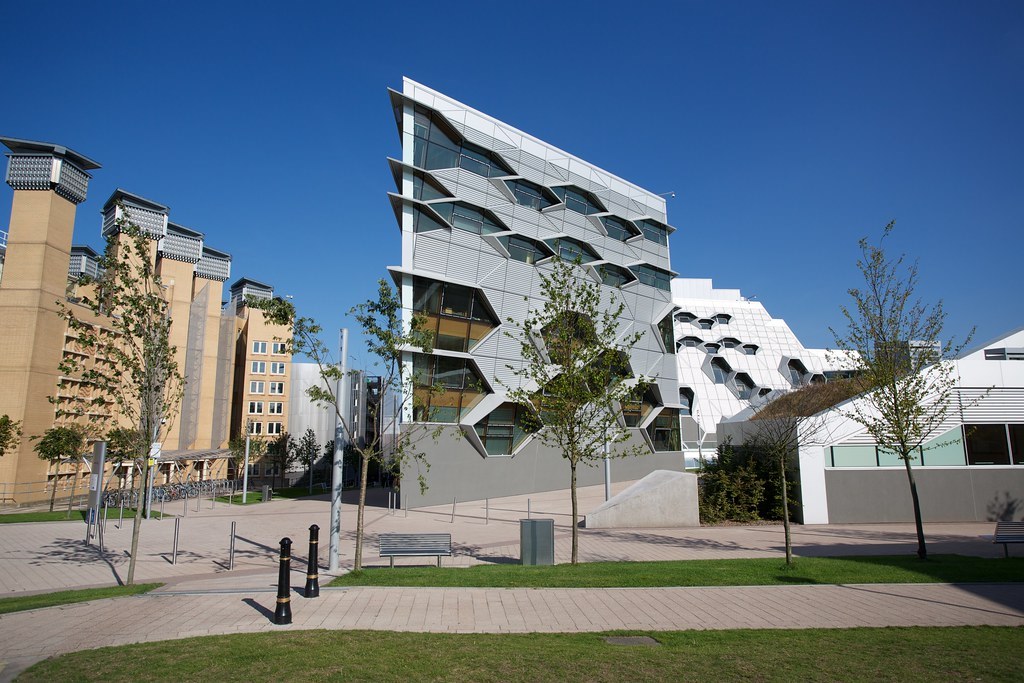
CONTACT US
For more information about the HEED project, please drop us a line, visit our website or
email us.
HEED Project
Coventry University, Priory Street, Coventry, CV1 5FB

